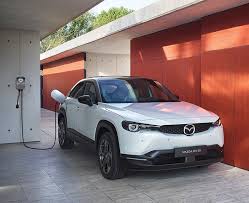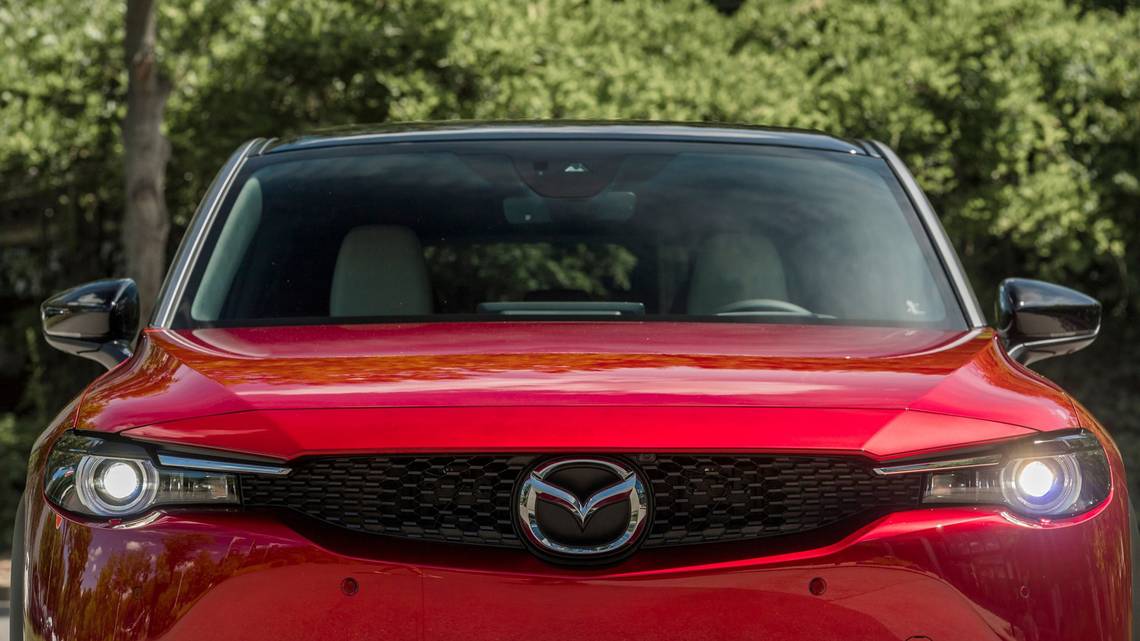Mazda’s first major foray into the electric vehicle (EV) market, the MX-30, failed to capture the interest of American consumers, leaving industry experts and the automaker itself grappling with questions about what went wrong. Initially billed as a stylish and eco-friendly crossover, the MX-30 faced a challenging reception due to a combination of limited range, high competition, and consumer skepticism.
With a modest battery range of just around 100 miles on a full charge, the MX-30 was quickly outpaced by rival electric SUVs offering greater distance per charge and more competitive prices. In a market where range anxiety remains a significant barrier to EV adoption, Mazda’s decision to prioritize a small battery and minimalist approach was seen as out of step with consumer expectations. Despite the brand’s attempt to differentiate through design, sustainable materials, and a focus on driving dynamics, the practical limitations of the MX-30 proved too great to overlook.

Pricing further complicated matters, with the MX-30 positioned at a level that many found unjustifiable given its limitations compared to similarly priced competitors boasting significantly more range. As demand failed to materialize, Mazda was forced to reassess its strategy for the U.S. market.
The MX-30’s struggles highlight the challenges facing automakers in the highly competitive EV landscape. Success hinges not only on offering sustainable solutions but also on aligning with consumer needs and market realities. Mazda’s experience underscores that winning over American EV buyers requires a compelling balance of range, price, and practical appeal.


